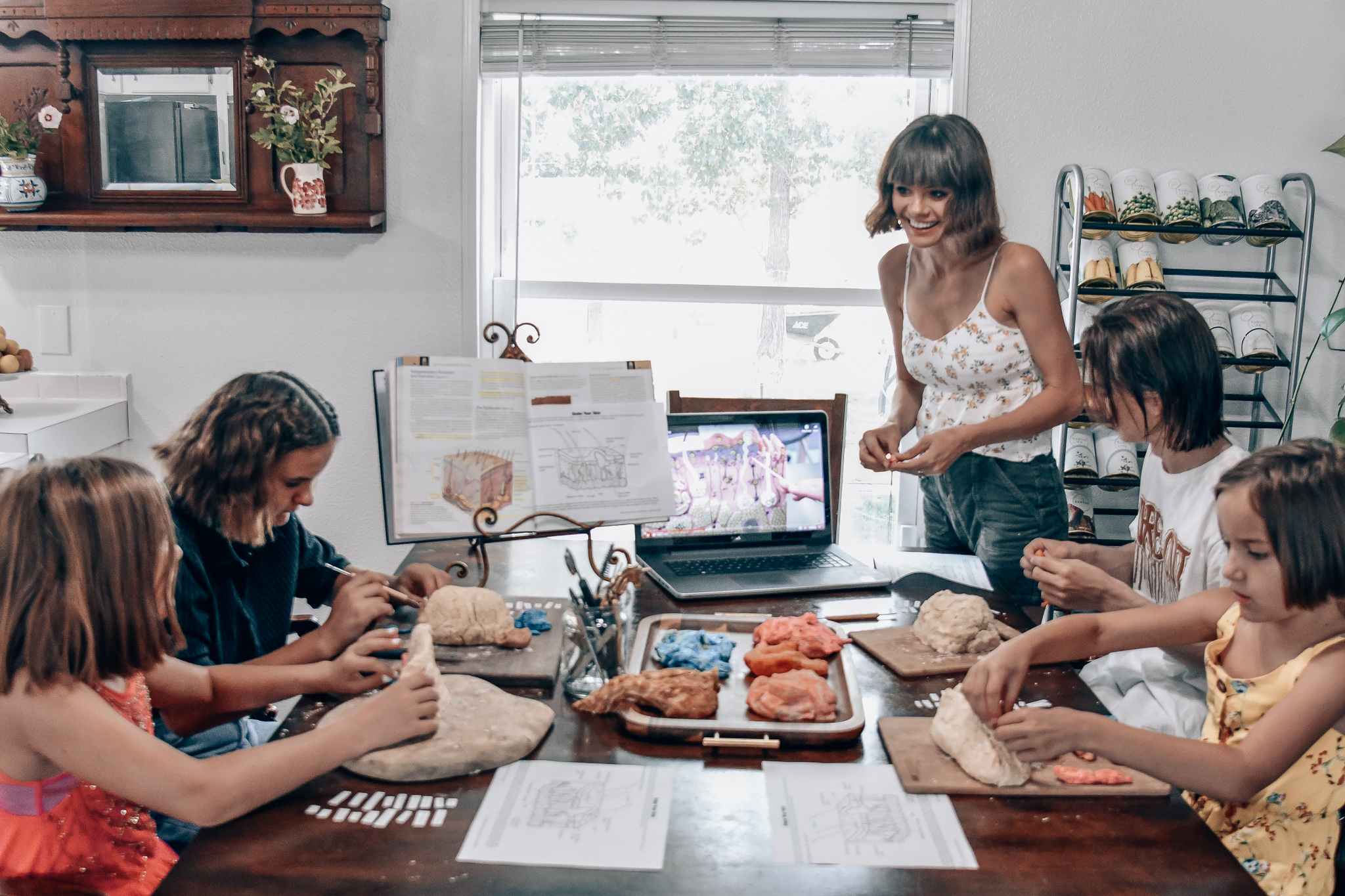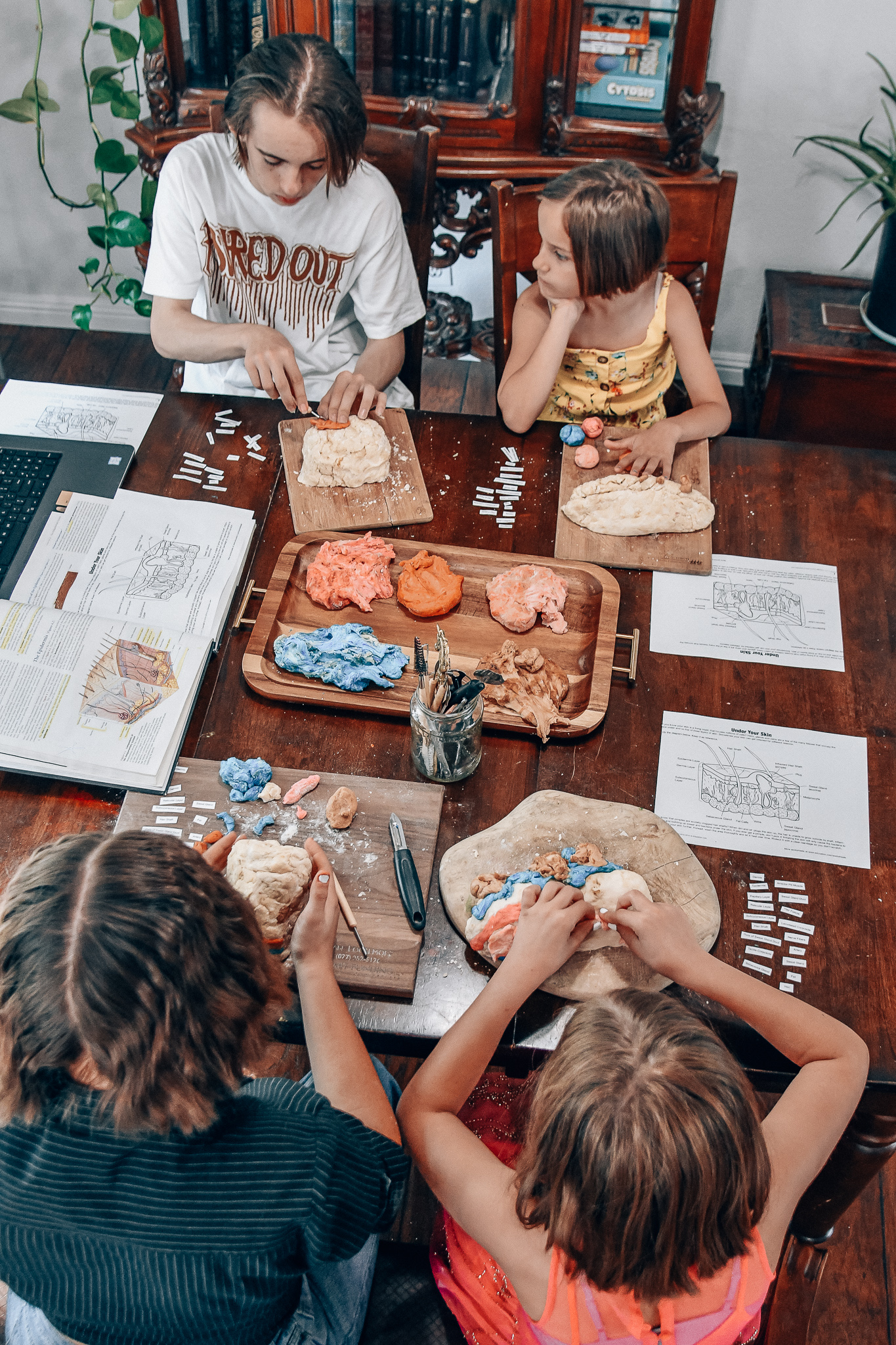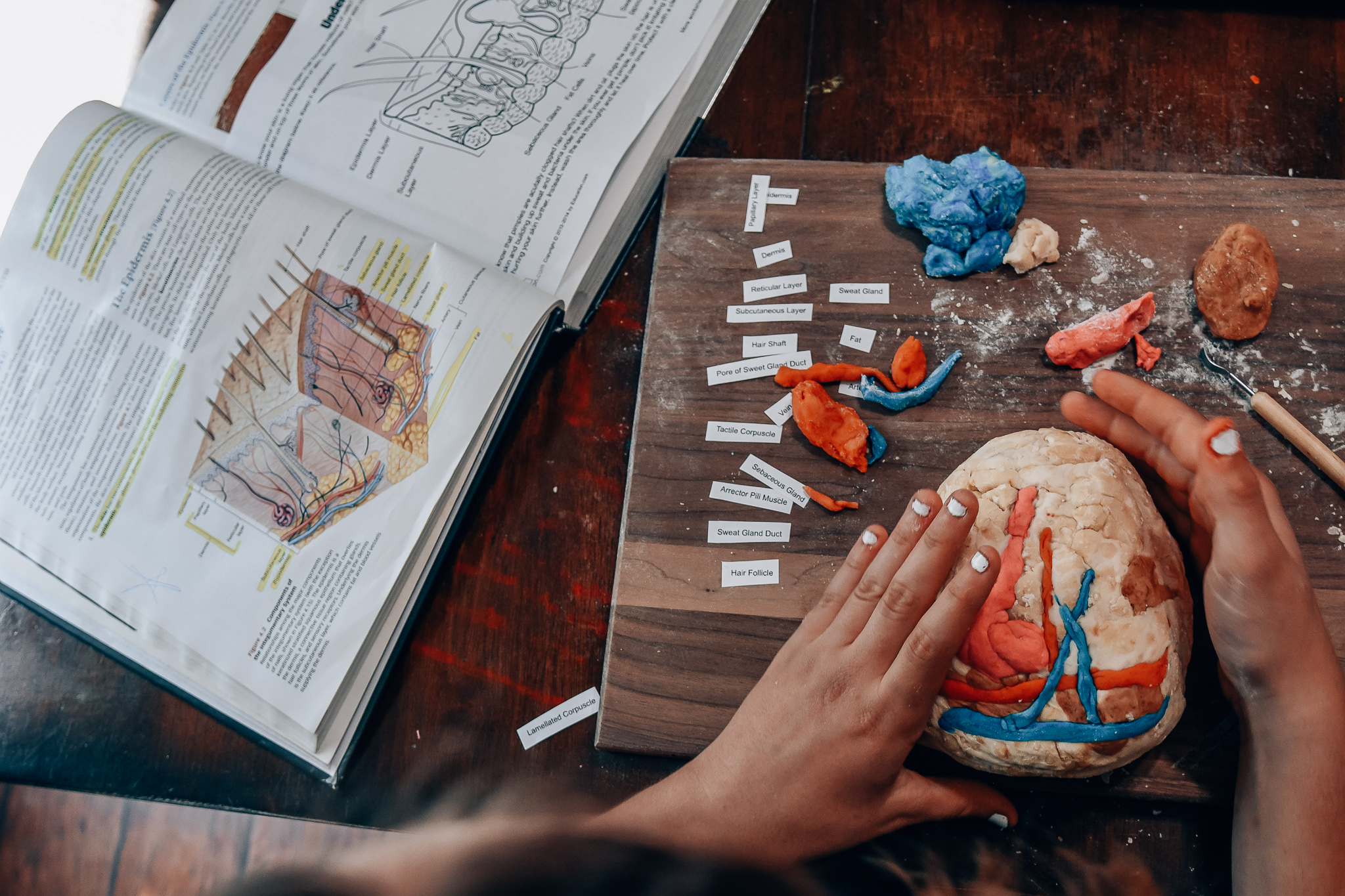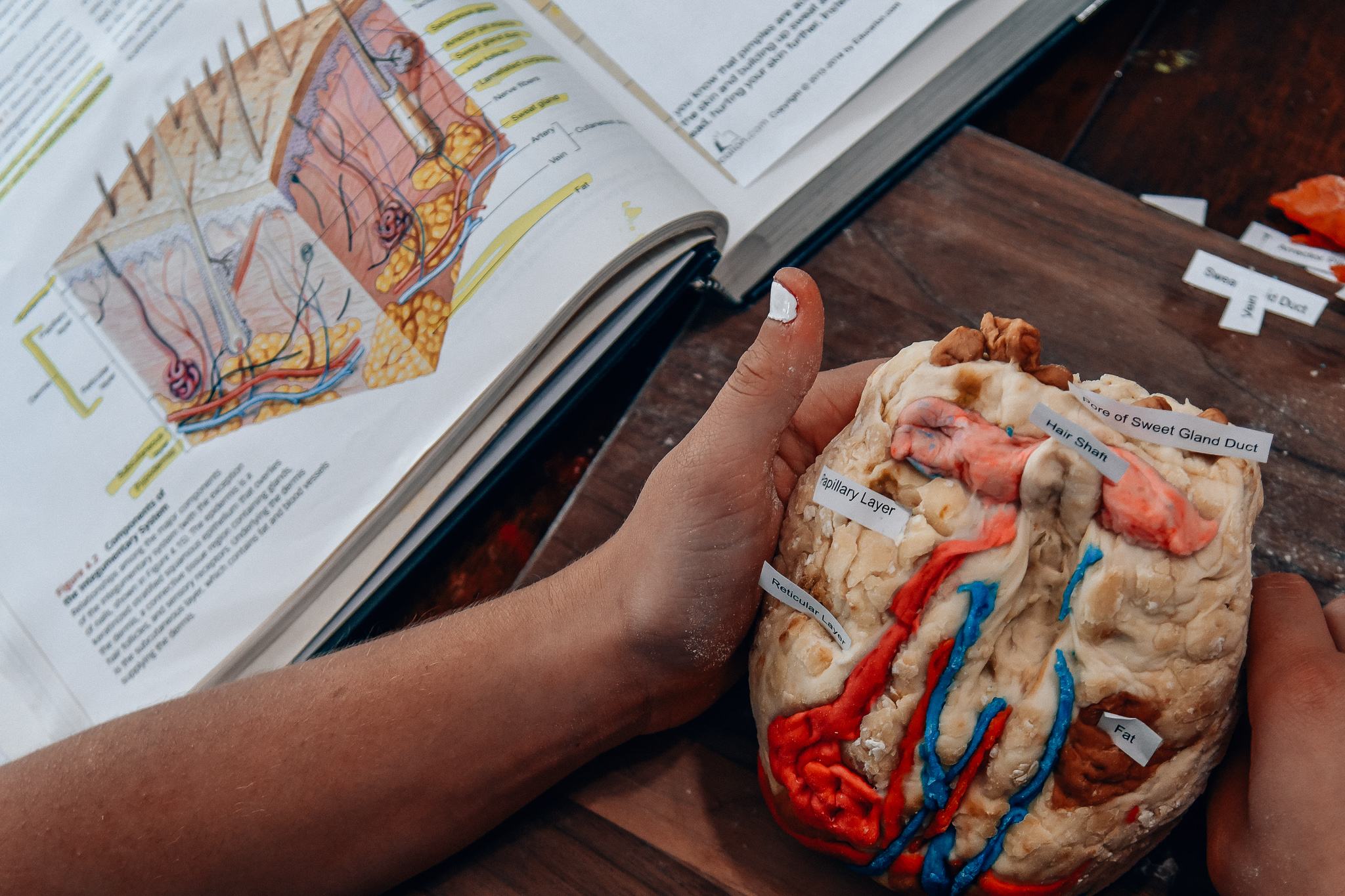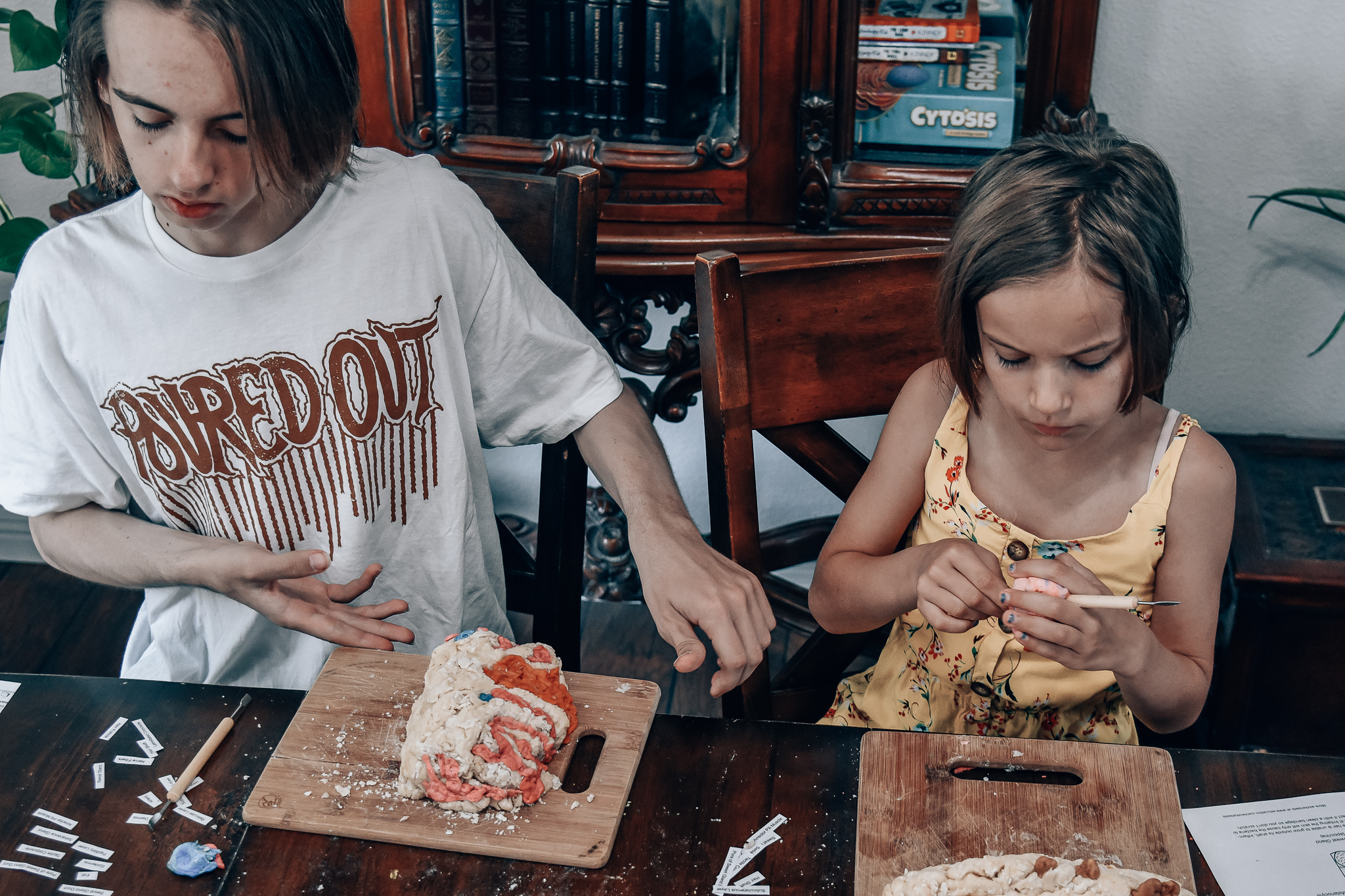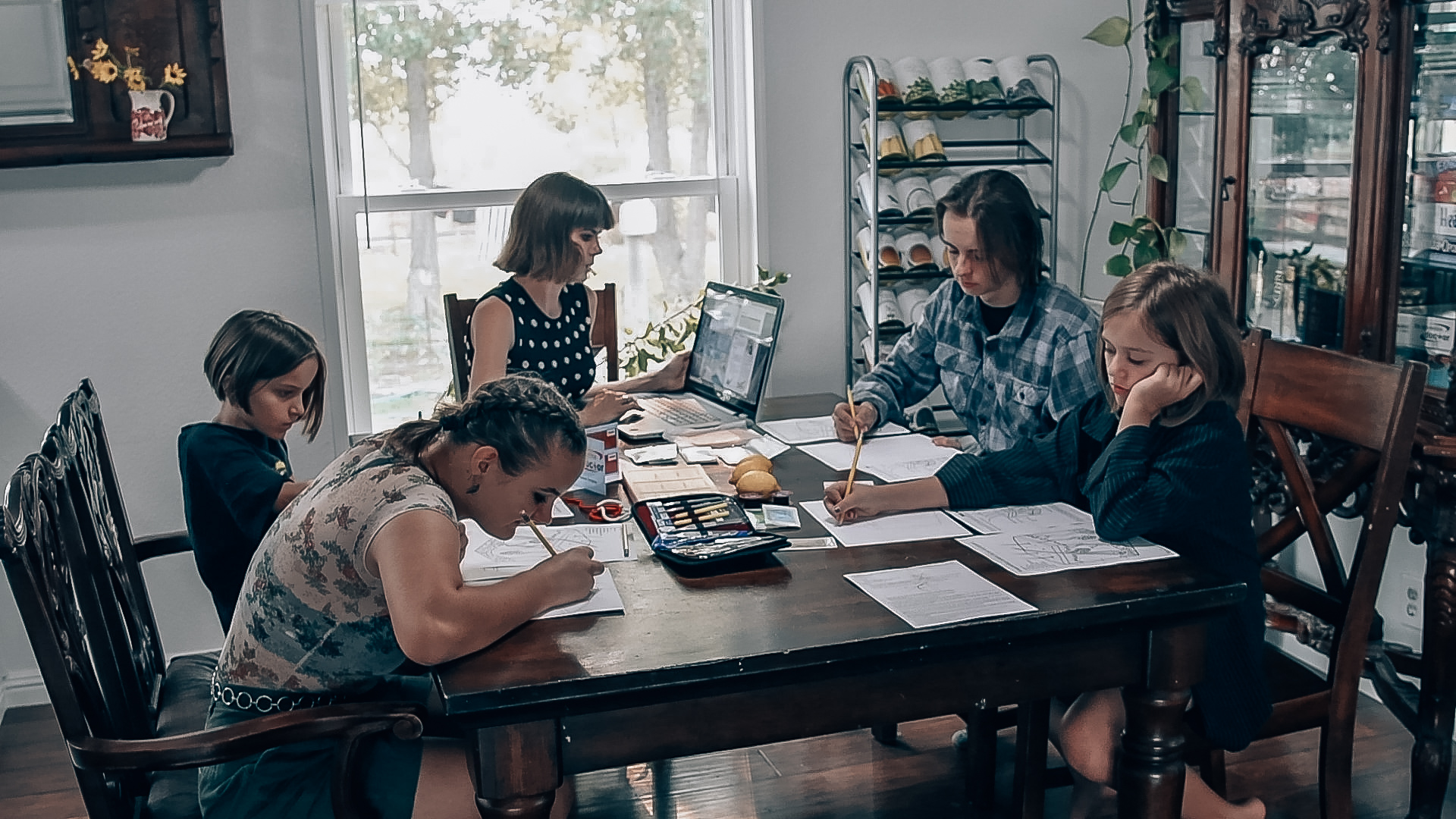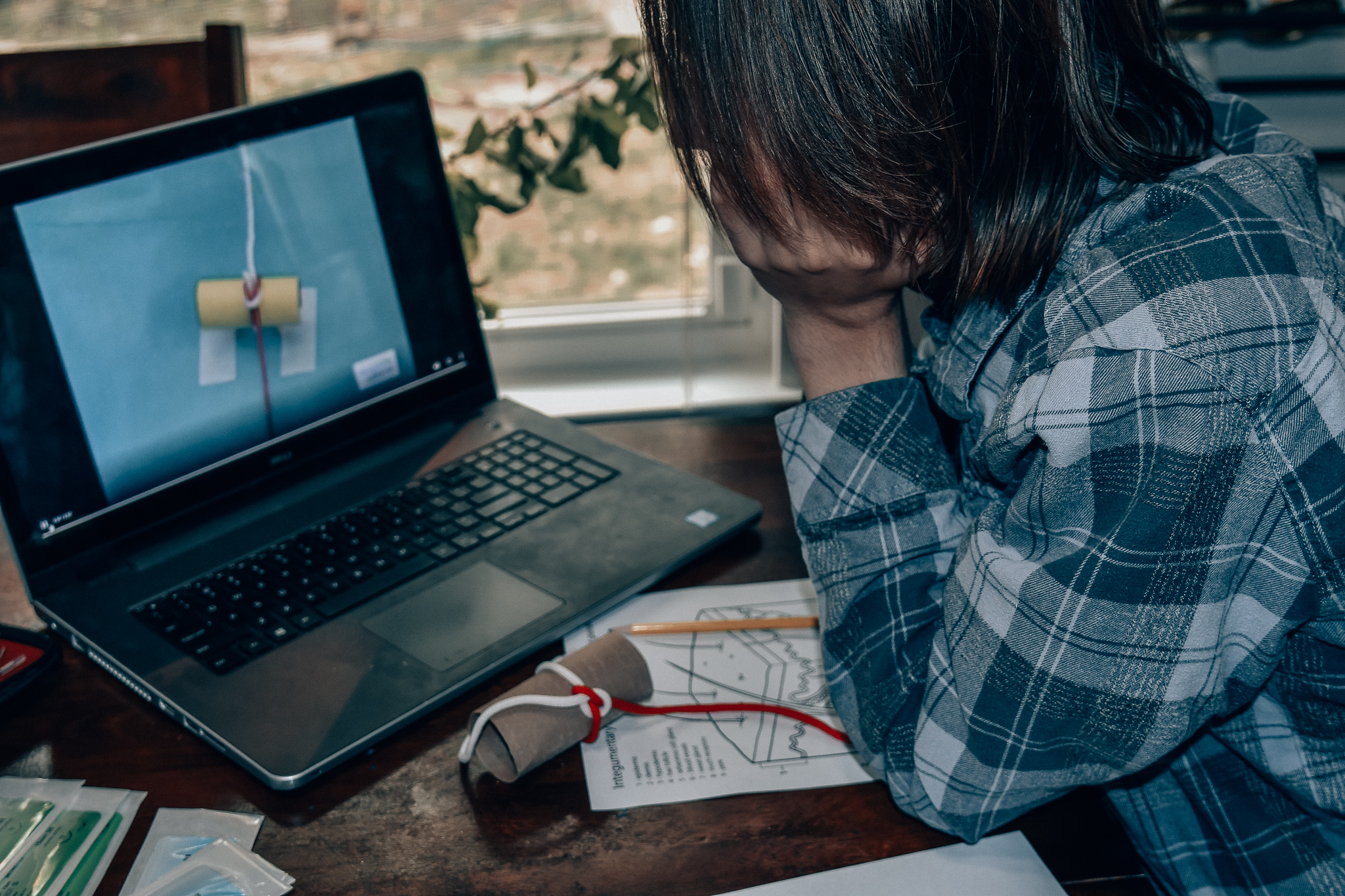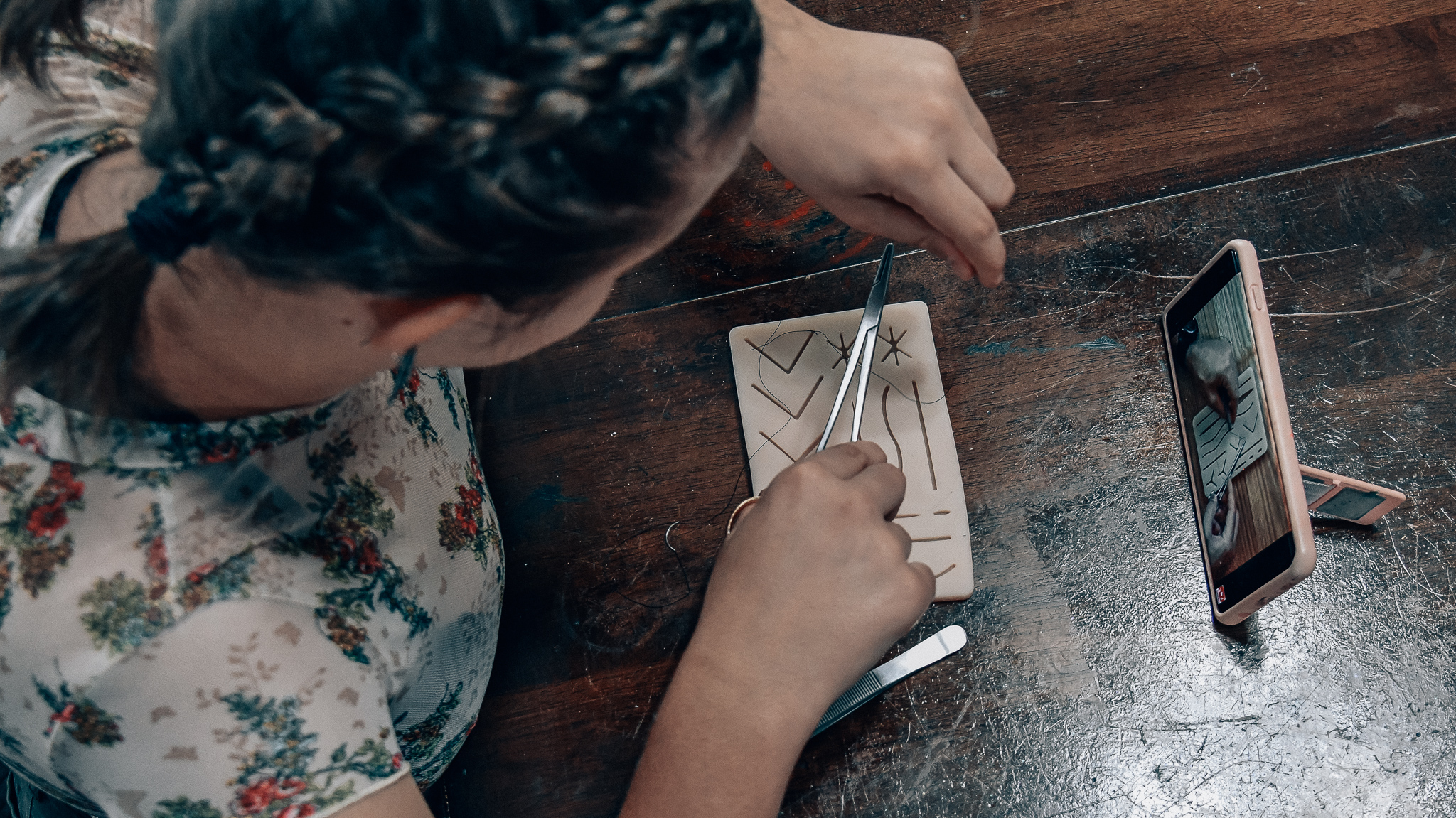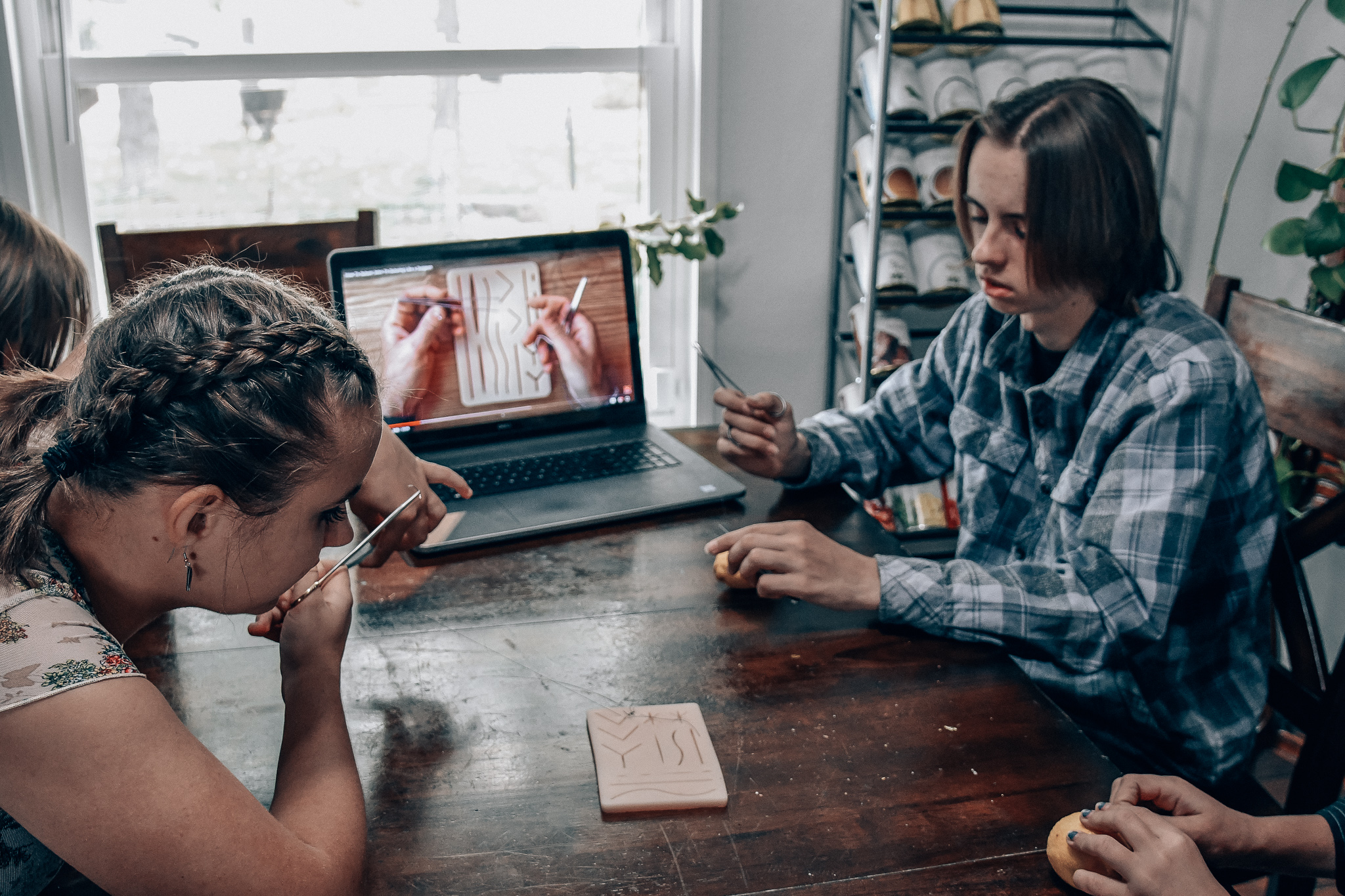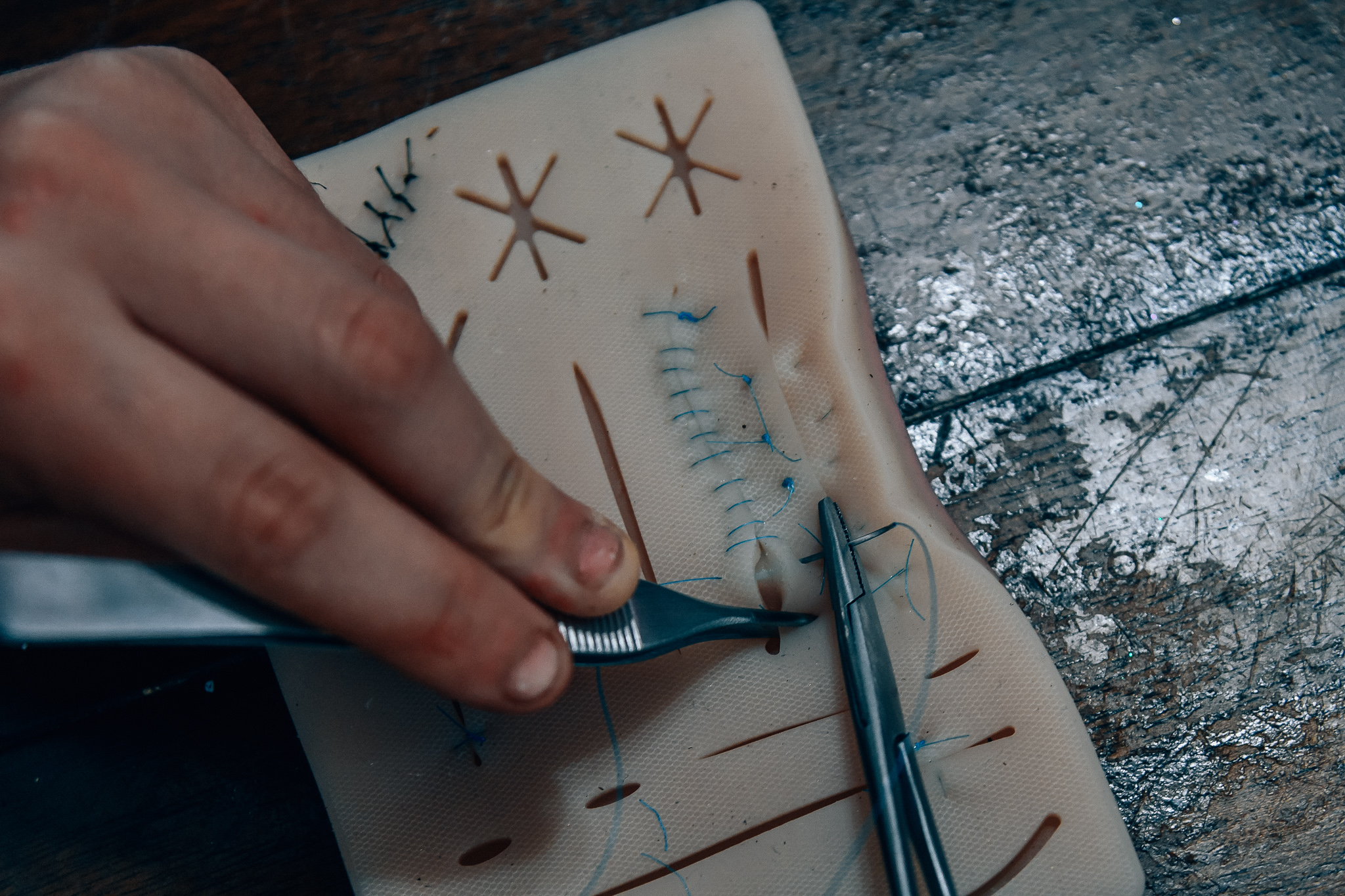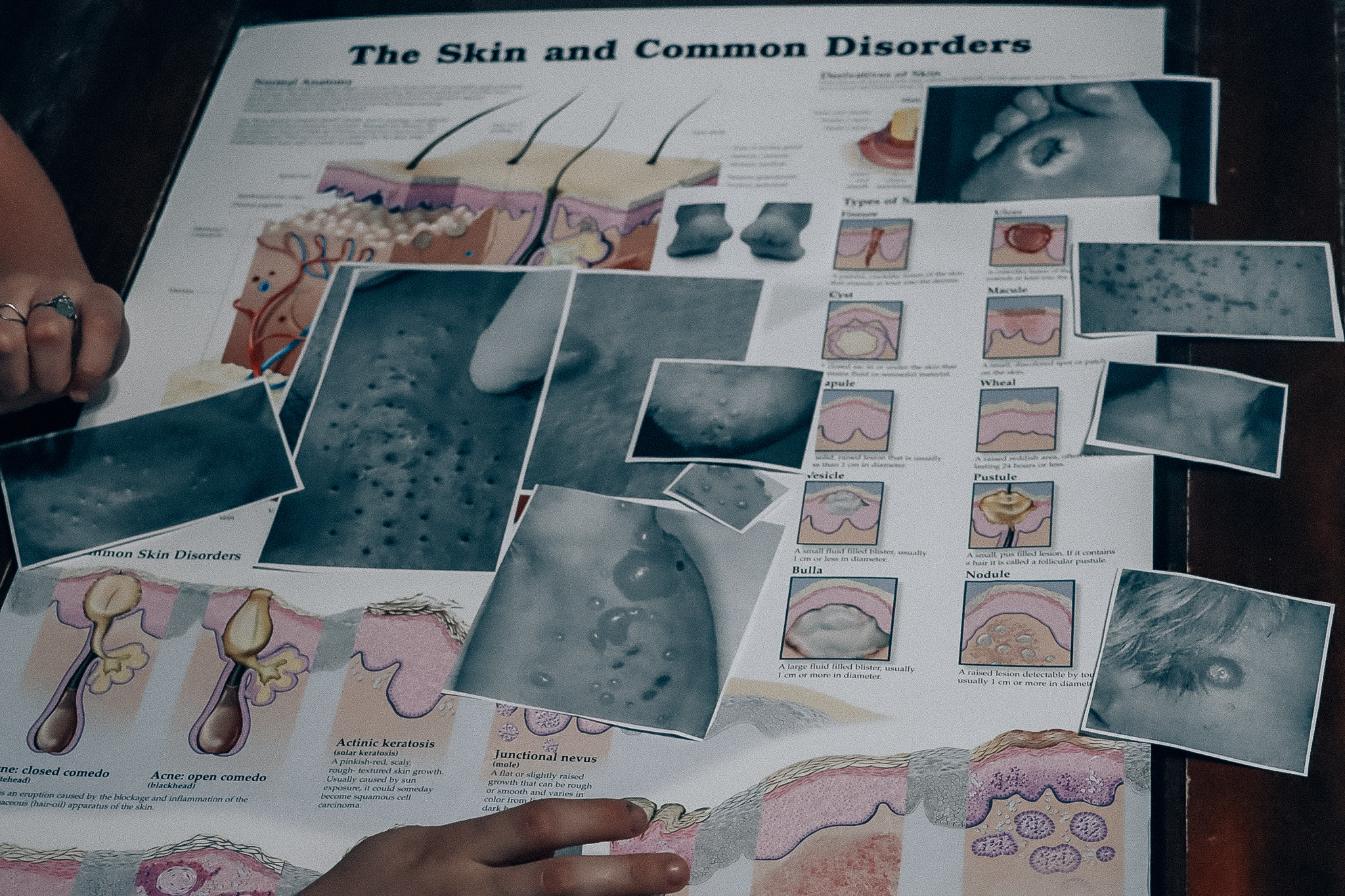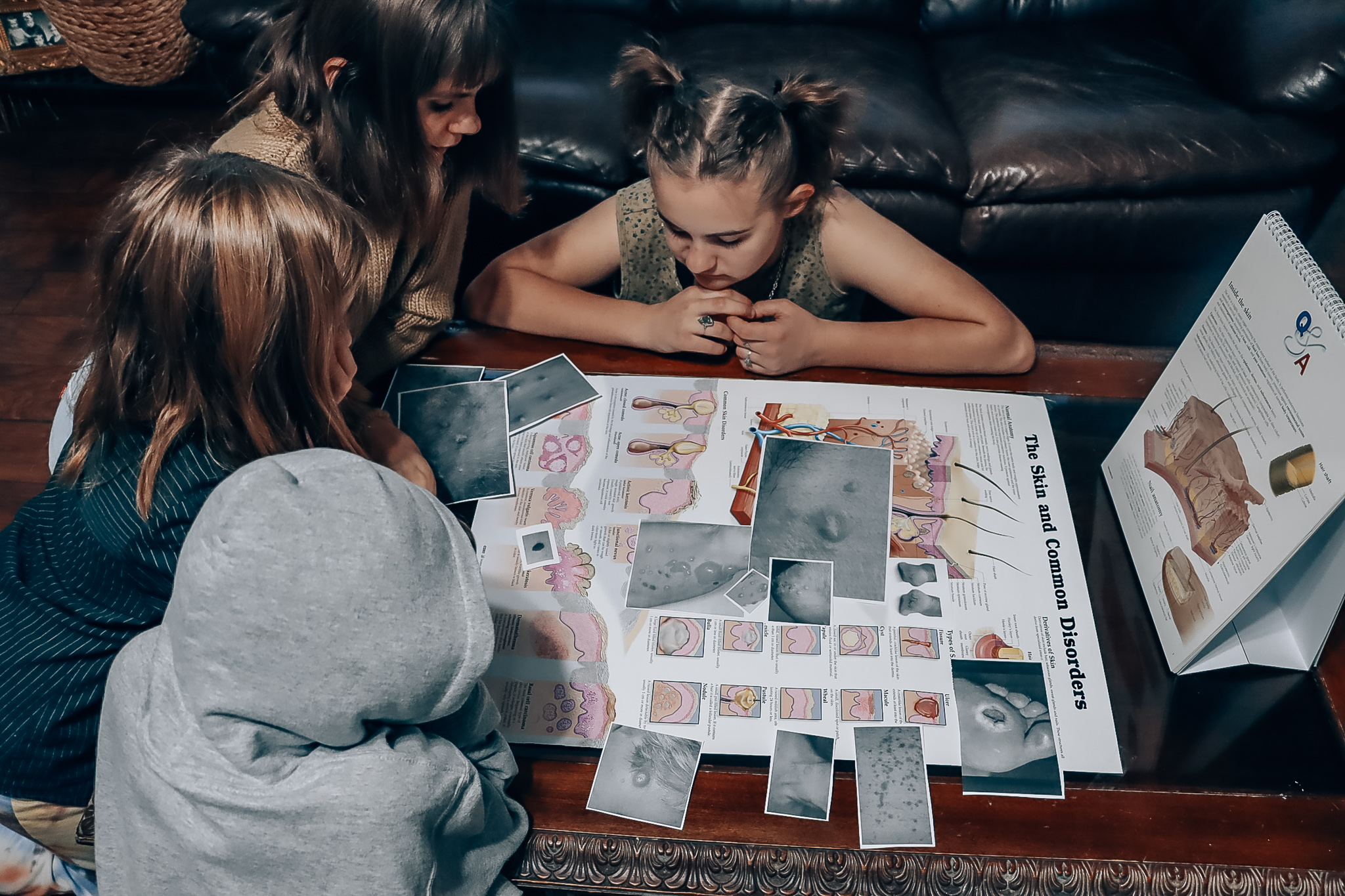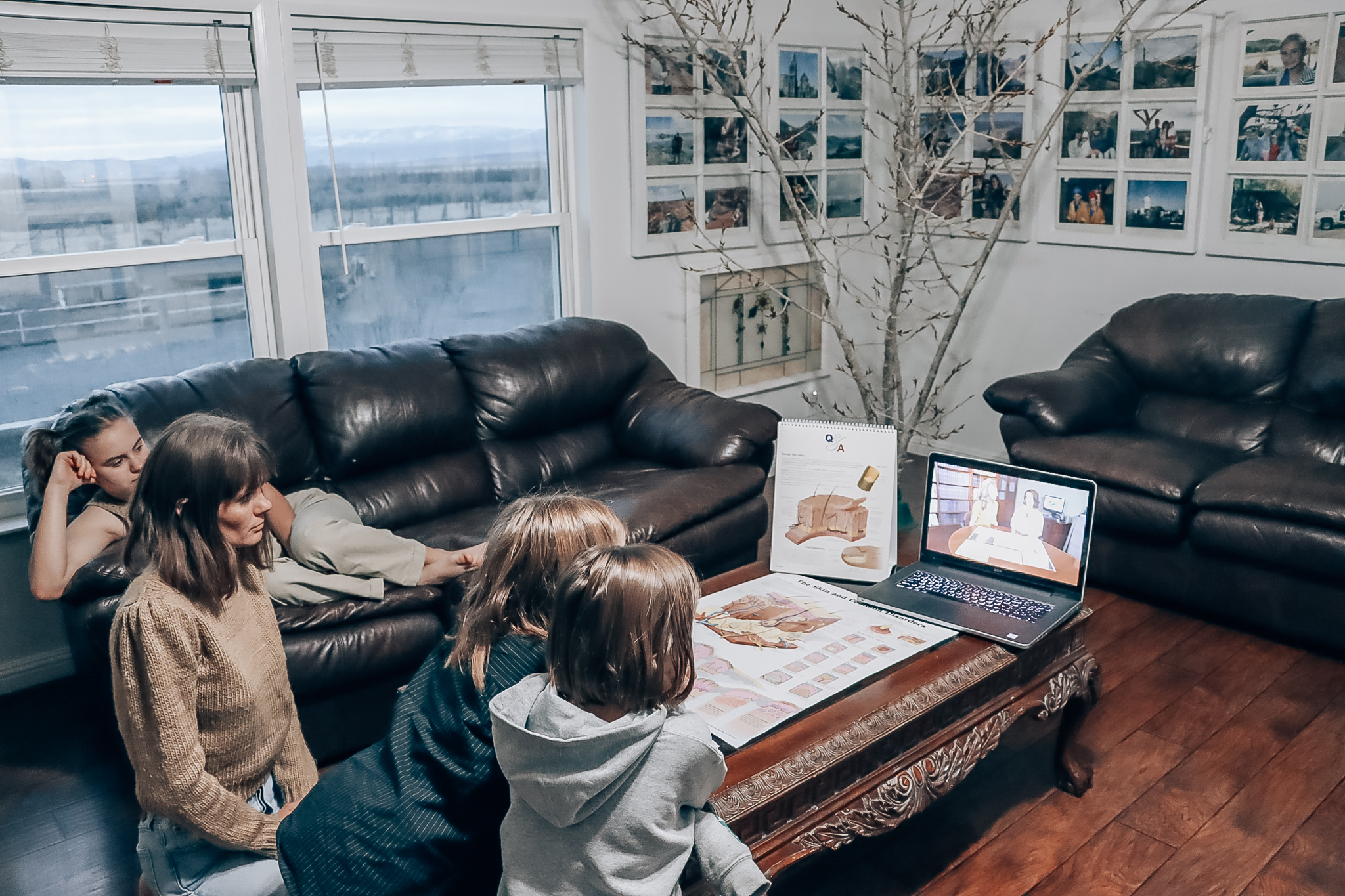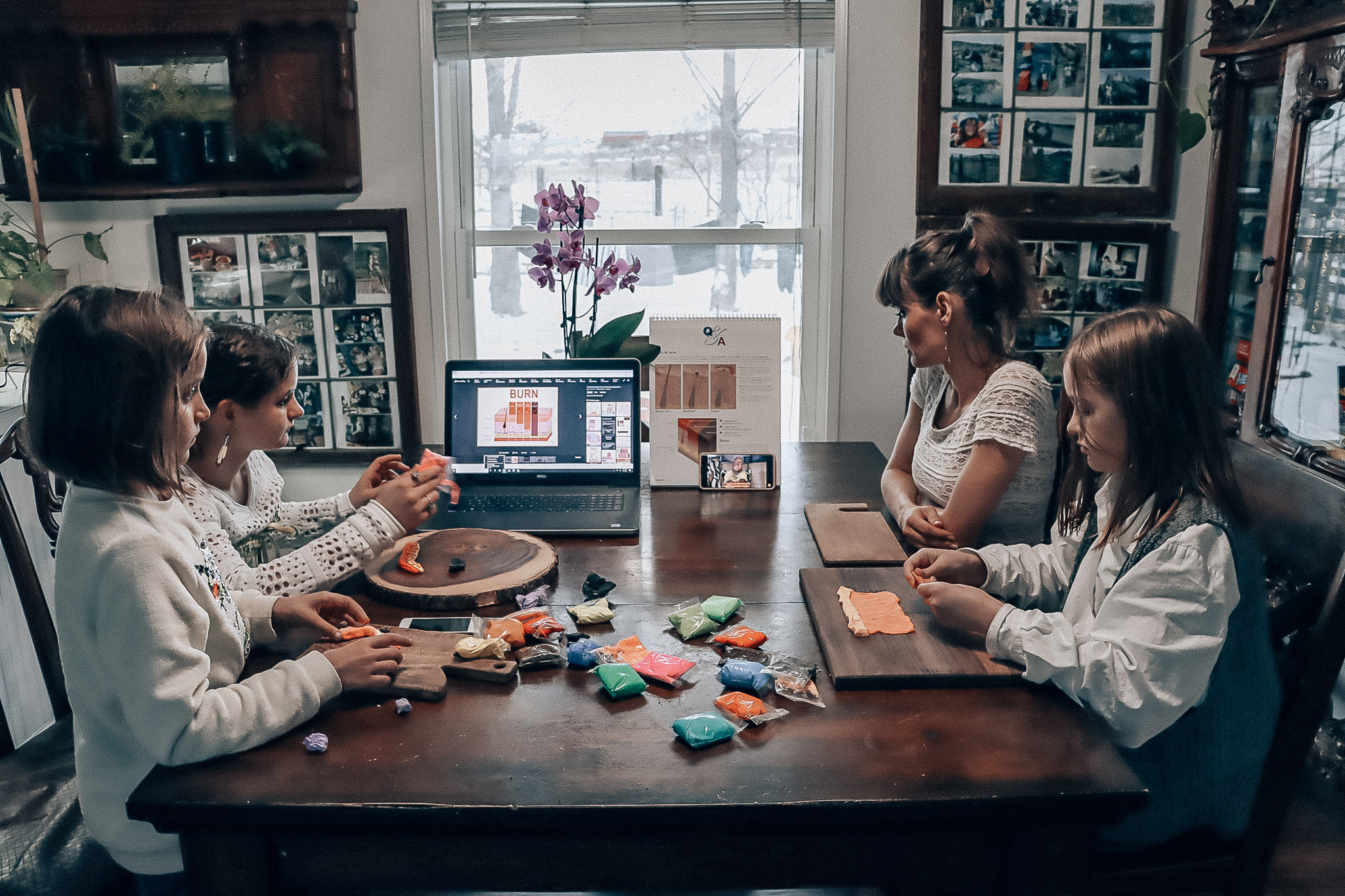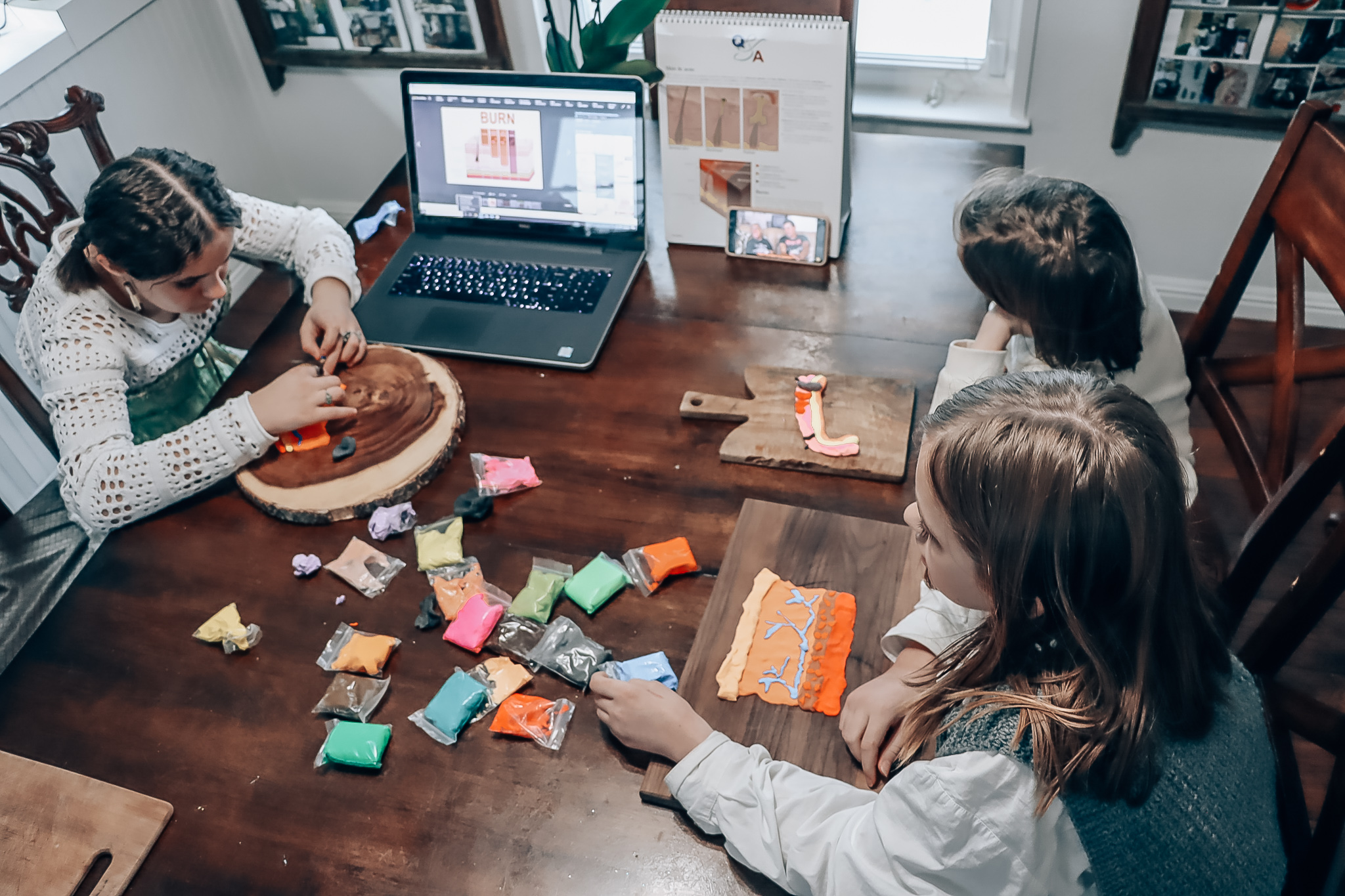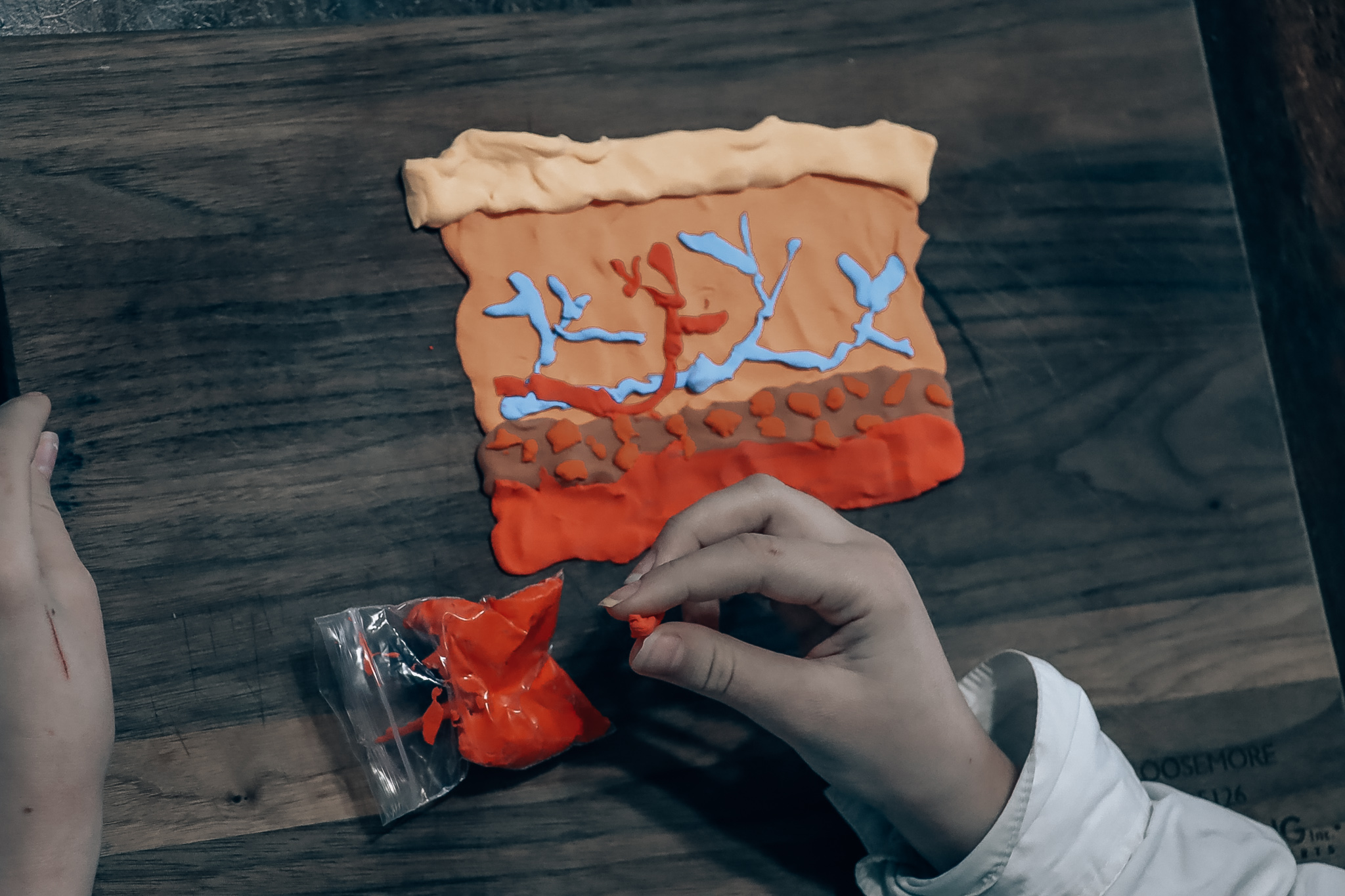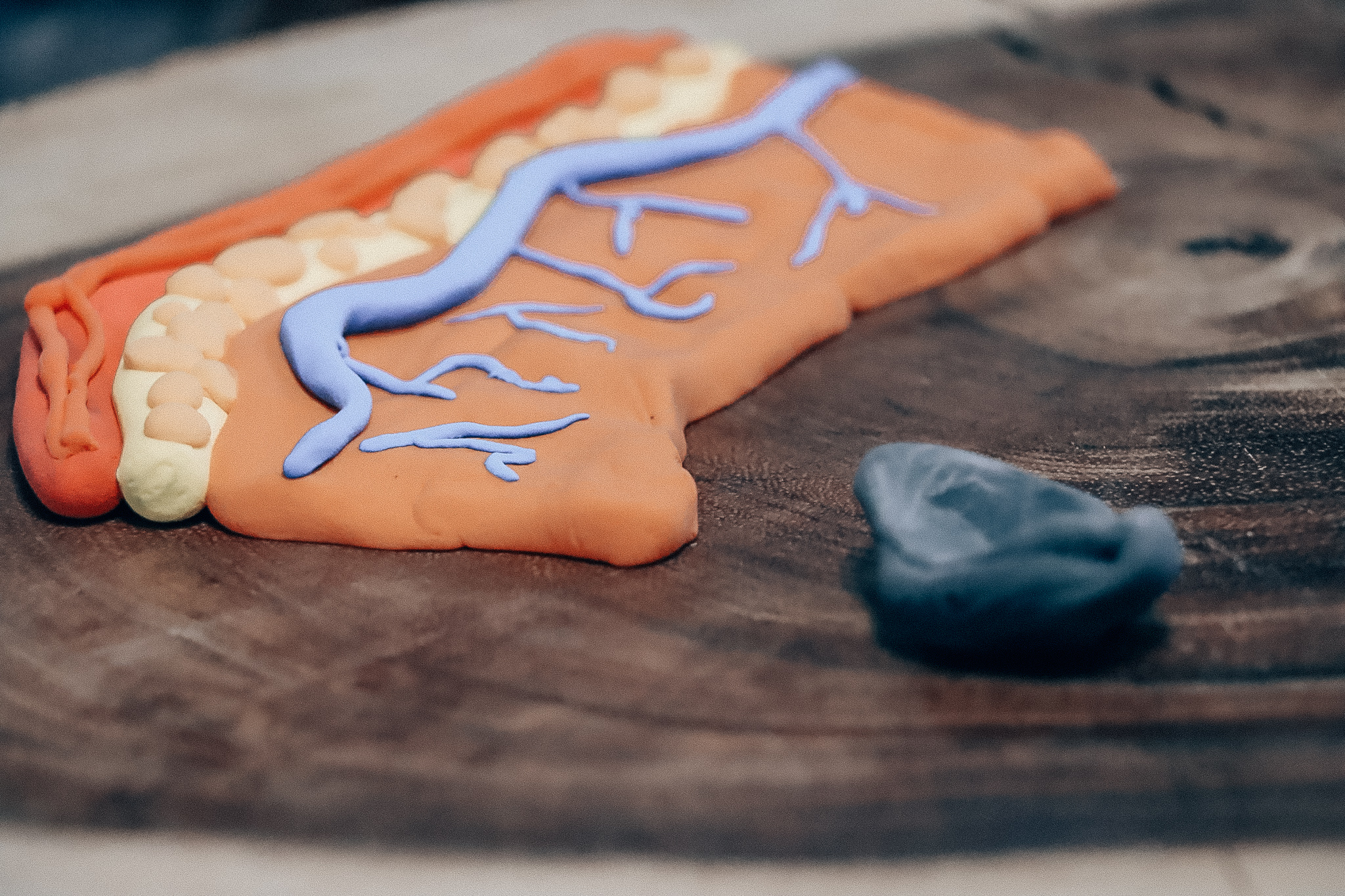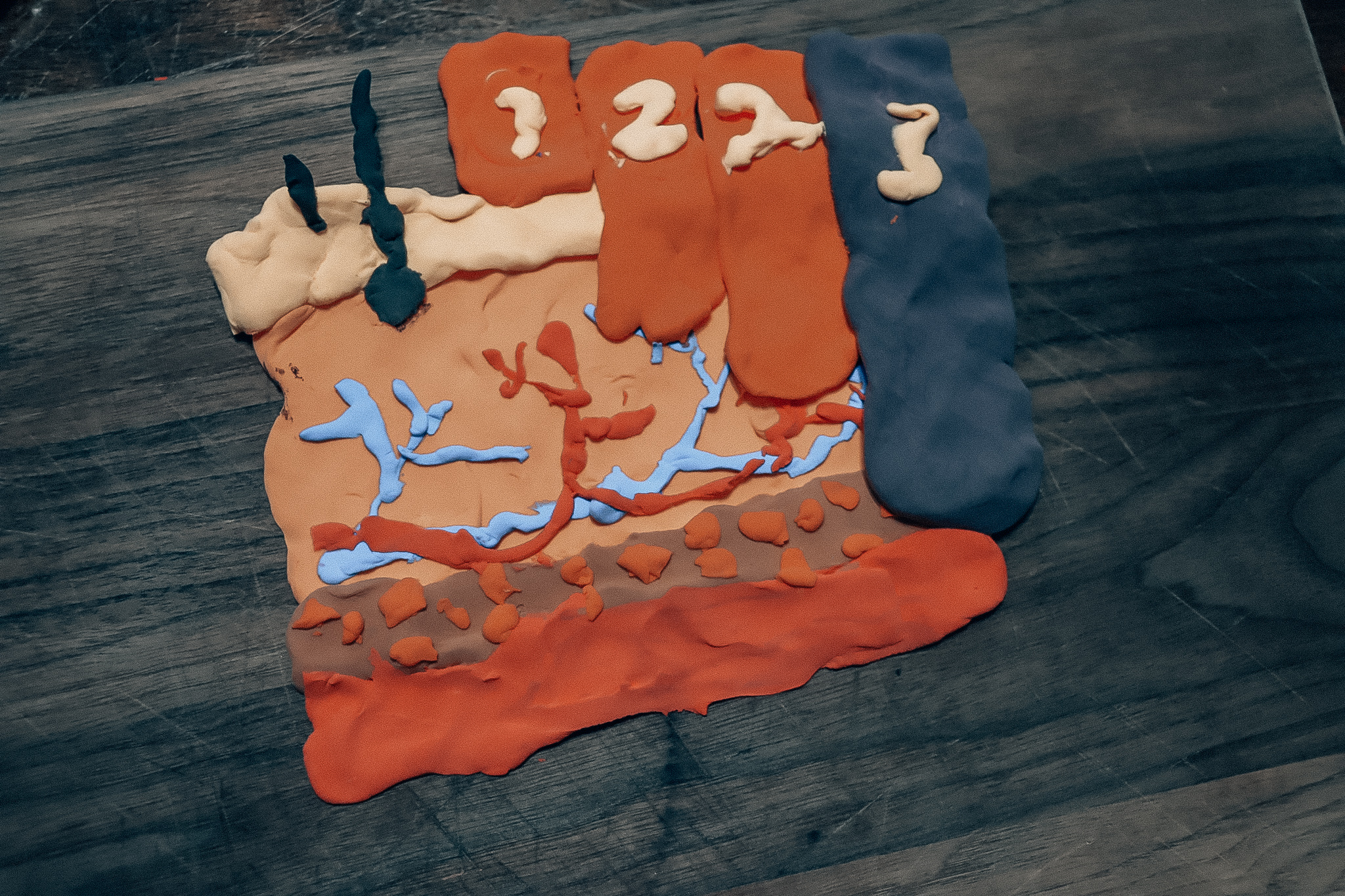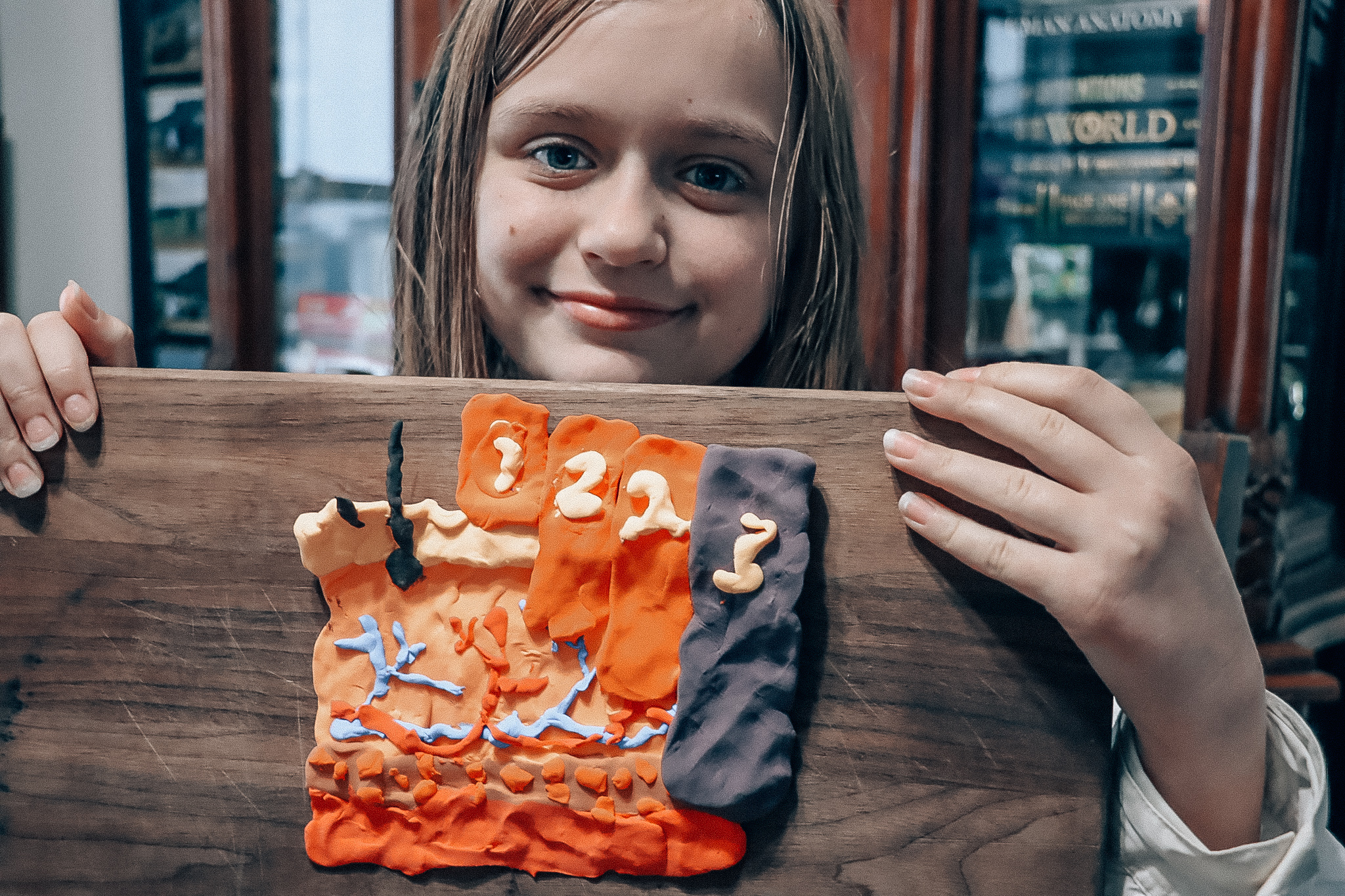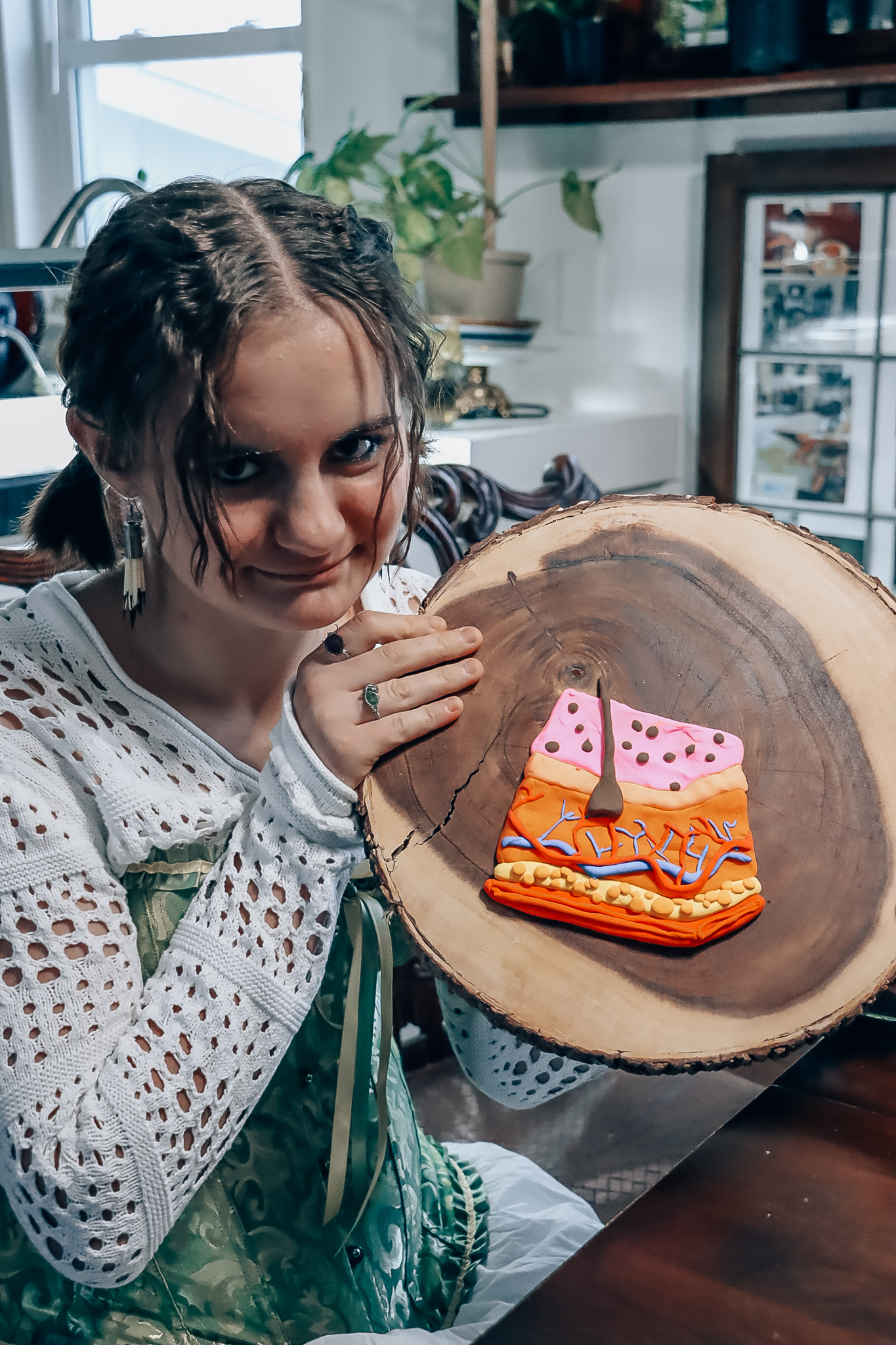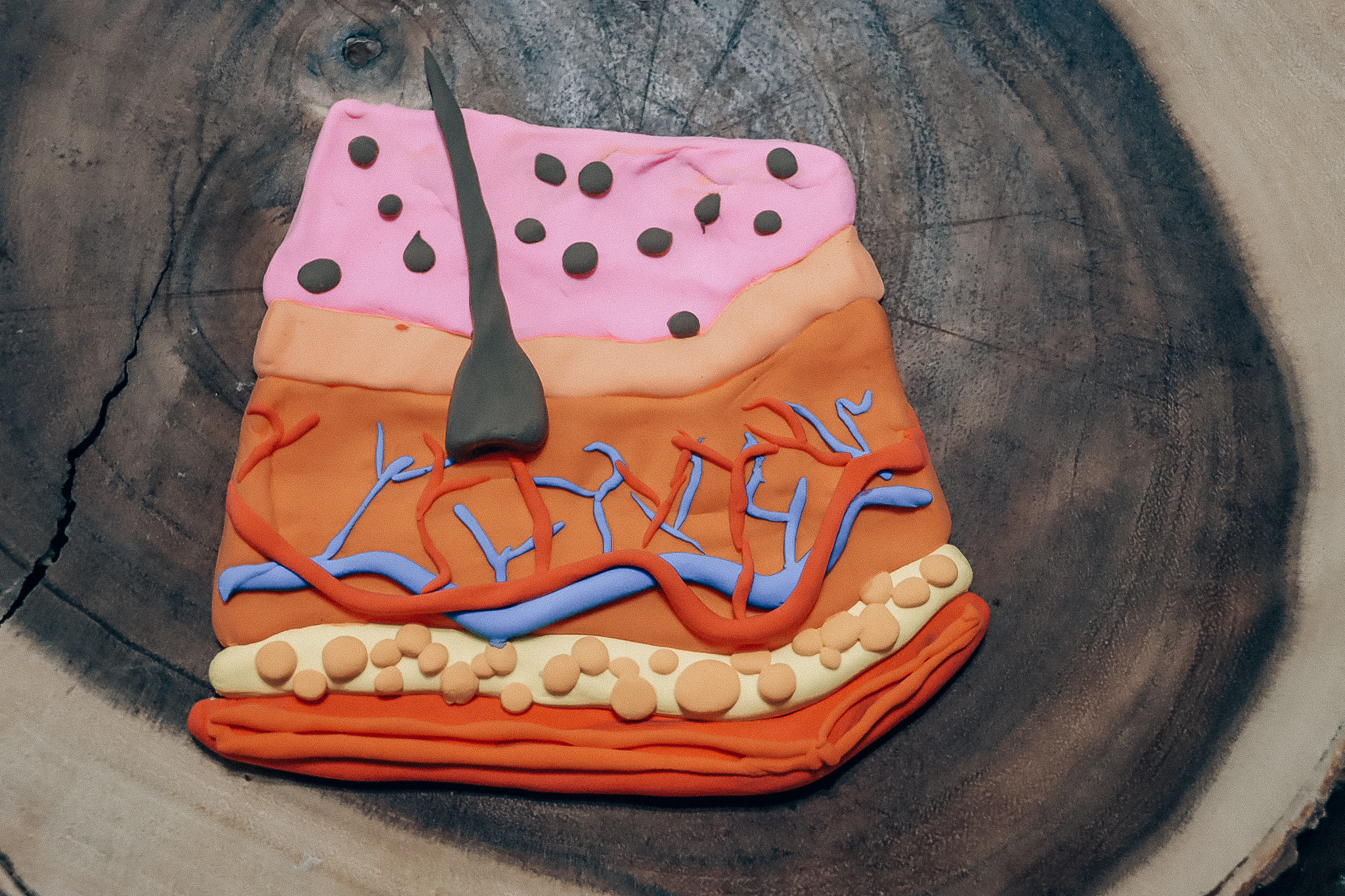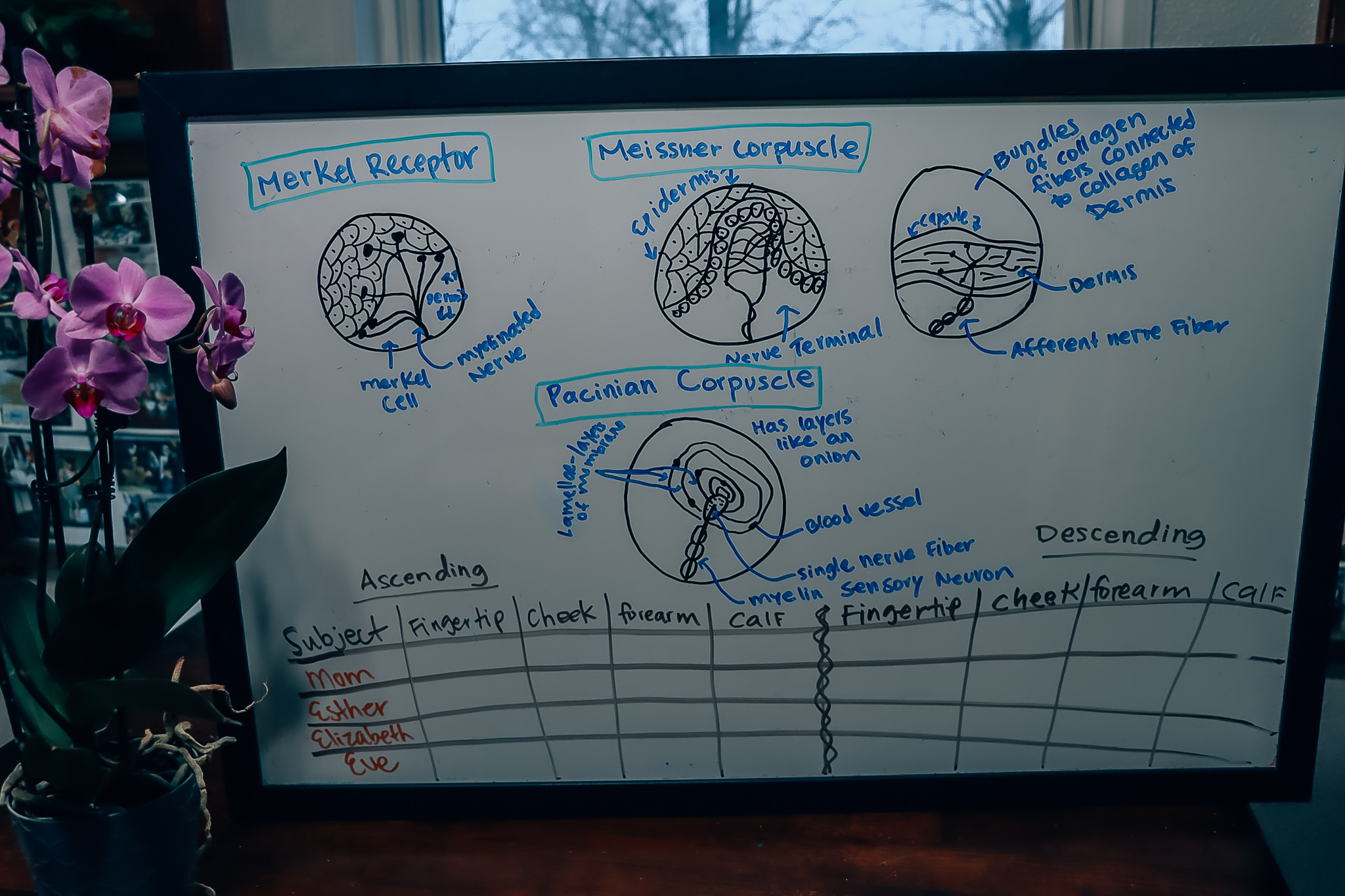Your biggest organ on your body is that which everyone sees. It is your skin. Your skin protects and covers everything inside your body. I’m sure you are as happy as I am that our muscles, bones, and blood vessels are all covered. It is not something I would want to see on a daily basis. Your skin is great at keeping everything in the right place for you. Your skin is so amazing: it helps you regulate your body’s temperature. It maintenances calcium levels. Prevents fluid loss from body tissues and protects against environmental toxins and microorganisms. It also allows you to have the sense of touch. Being able to feel silk, fur, and many other textures is pretty wonderful.
It is no wonder you’ll find so many products for our skin. We all want soft, beautiful, and healthy skin.
Anatomy of Skin
Your skin is pretty elastic. There are three main layers within your skin which are known as epidermis, dermis, and subcutaneous layers.
Epidermis: It is the layer we see. It is responsible for our skin color, for producing keratin which produces cells for hair and nails. Langerhans cells are produced which protect your immunity and Merkel cells which help you feel sensations.
Dermis: This layer contains the skin’s nerves, blood vessels, sweat glands, hair follicles, sebaceous glands, and collagen.
Subcutaneous: This layer contains fat cells which help the body tissues from trauma. It insulates against cold and stores fuel reserves.
The thinnest skin on your body is your eyelids and the thickest skin is the soles of your feet.
Sutures
Your skin is pretty amazing at healing itself. If you fall and get a large cut, you can clean your wound and place your skin back together by getting stiches. It is kind of like sewing your skin back together again. You can order a sutures kit off amazon and practice at home. This is an important life skill to know. You never know in life when you might need it.
Sutures are divided into two major groups : absorbable and non-absorbable. Absorbable doesn’t require removal. Non-absorbable requires removal. The materials used for sutures are chromic, nylon, glycoside/lactide polymer, polypropylene, poliglecaprone, and silk. Depending on the type of wound and where the wound is at a surgeon will use different techniques to suture the wound. There are nine different types of suture techniques: interrupted, horizontal mattress, continuous (running), buried knots, vertical mattress, continuous interlocking, subcutaneous, far and near, and sub-cuticular.
The Skins and Common Disorders
Your skin is a reflection of how your doing inside. If your hormones are out of balance most likely your face will show it in the form of acne. You are what you eat so while washing your skin and applying sunscreen and lotions are great and will help your skin look better, eating foods that are healthy will help your skin look great.
We ordered a poster off Amazon and then printed out pictures of the different common skin disorders. By reading the different disorders on the poster we matched the actual pictures of people with that skin disorder that is visible.
Degrees of a Burn
Burns are pretty scary. While our skin is pretty strong and can withstand a lot of changes, some burns destroy your skin permanently. Now you can burn your skin by heat, ultraviolet light, chemicals, and frostbite.
There are three degrees of burns.
The first one is where only the epidermis is affected.
The second one the epidermis and the dermis is affected.
The third degree burn is where the epidermis, dermis, connective fibrous tissue, muscle, and fat get damaged.
Knowing what to do if your skin gets burnt is very important.
We made a model and learned what to do if we got a burn. We also watched people who had gotten third degree burns. One young man had a candle fall and he was under his covers in bed. The sheets got on fire and burnt most of his body. It is a miracle that he is still alive. He is now blind. Fire and candles are not something that should be played with.
Our Skin Senses: Experiment
For this experiment you’ll need a caliper, a partner, paper, and pencil. Your partner will need to close his or her eyes for this experiment. You will first have the caliper closed, then you will slowly open the caliper. When your partner feels two points you will record the distance. You will be testing your partners fingertip, cheek, forearm, and calf.
Once done you can google sensitivity map of the human body. You’ll find that the face is the most sensitive and your abdomen is the least sensitive. You can actually find online a tattoo pain chart. Least pain areas include calves, buttocks, shoulder, forearm, and outer arm.
Thank you for reading our blog post. We share a new blog post every week.

